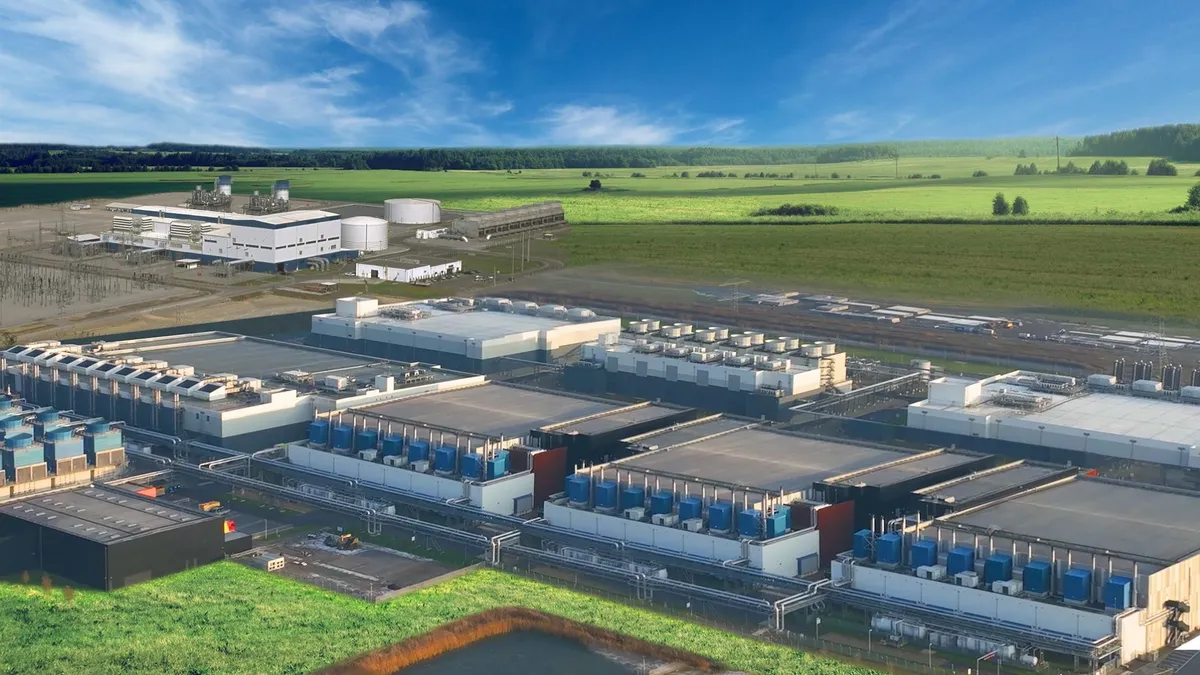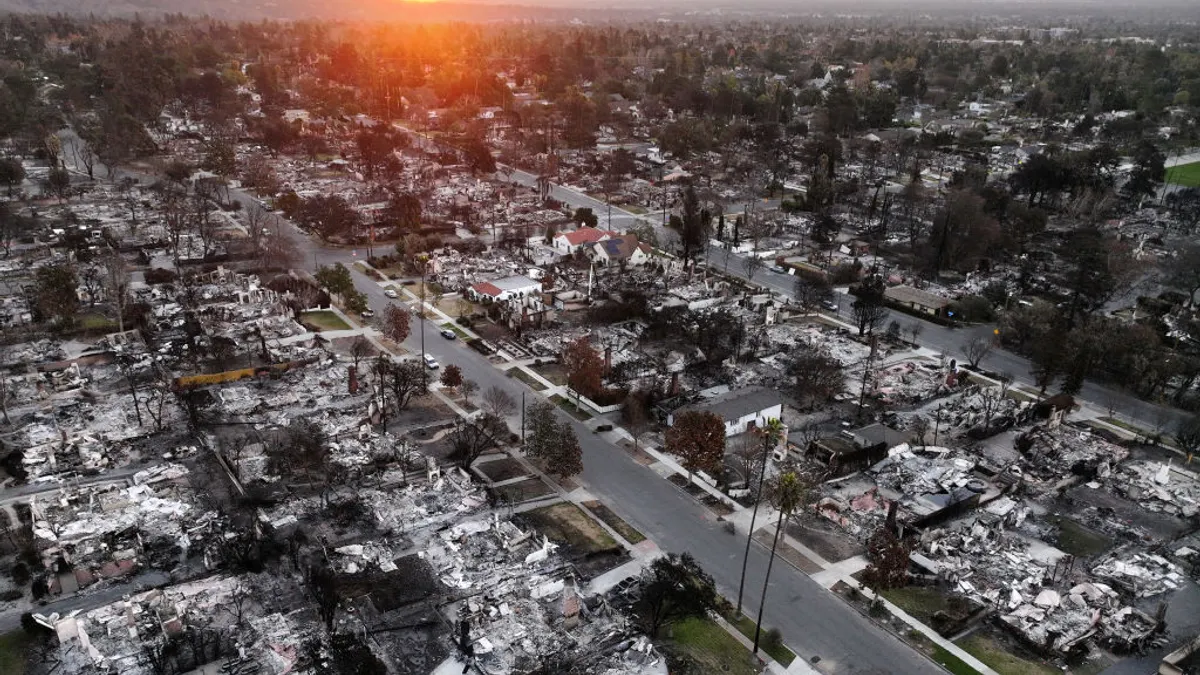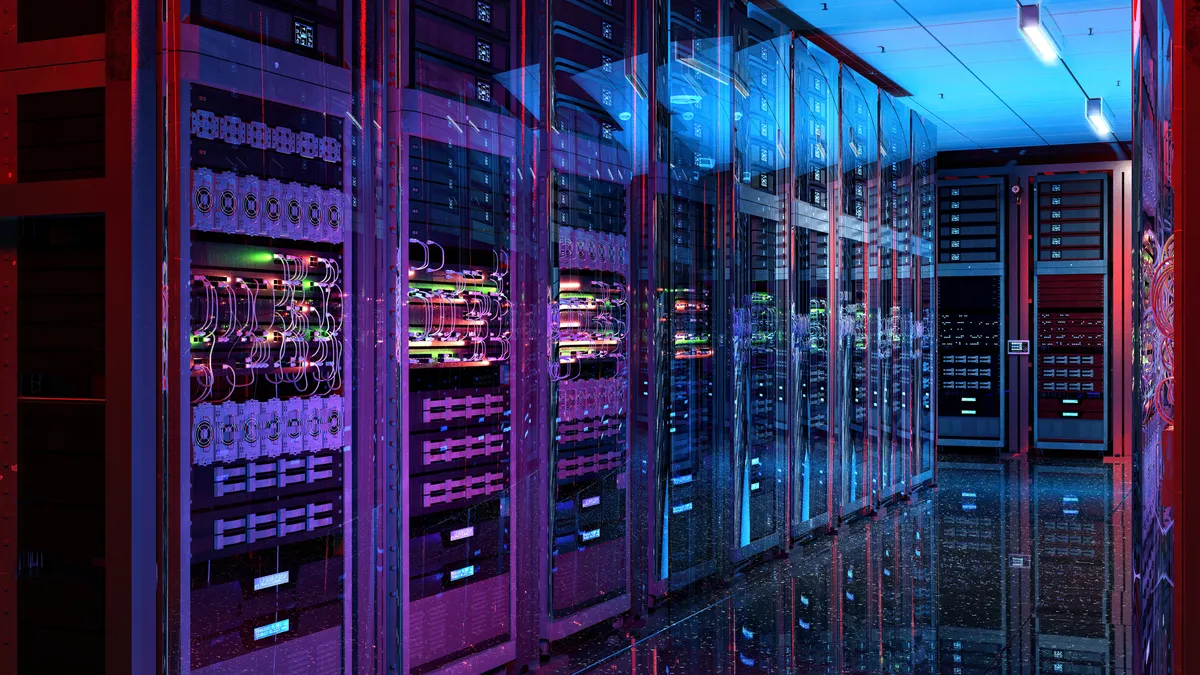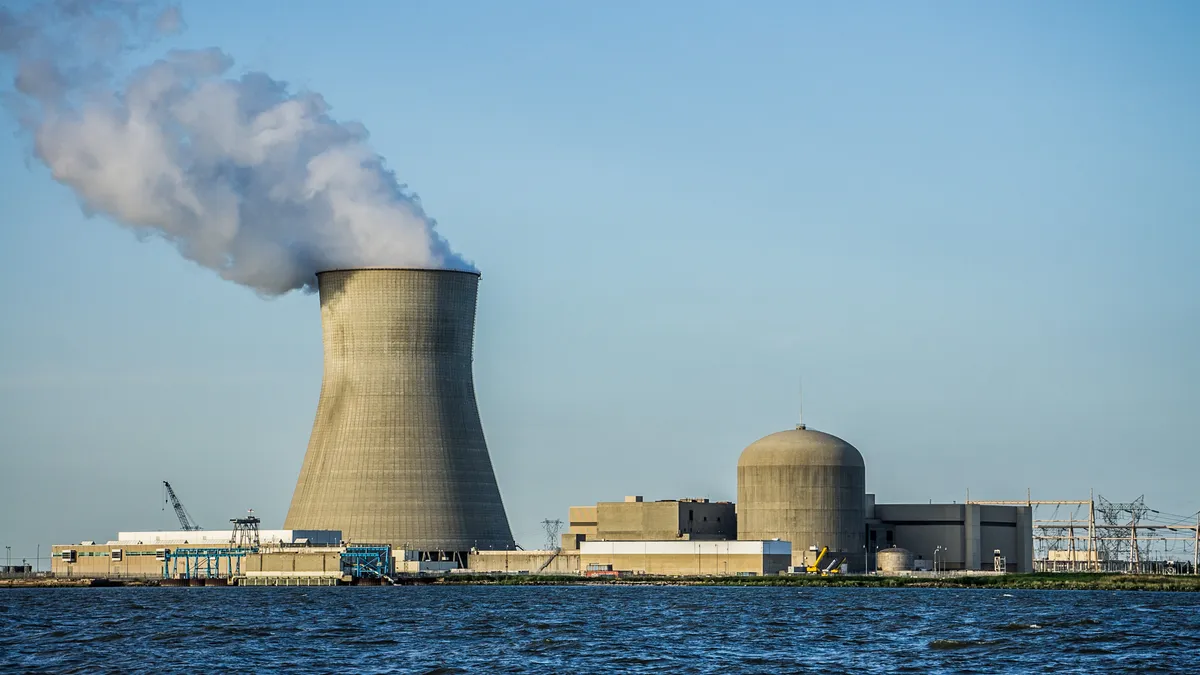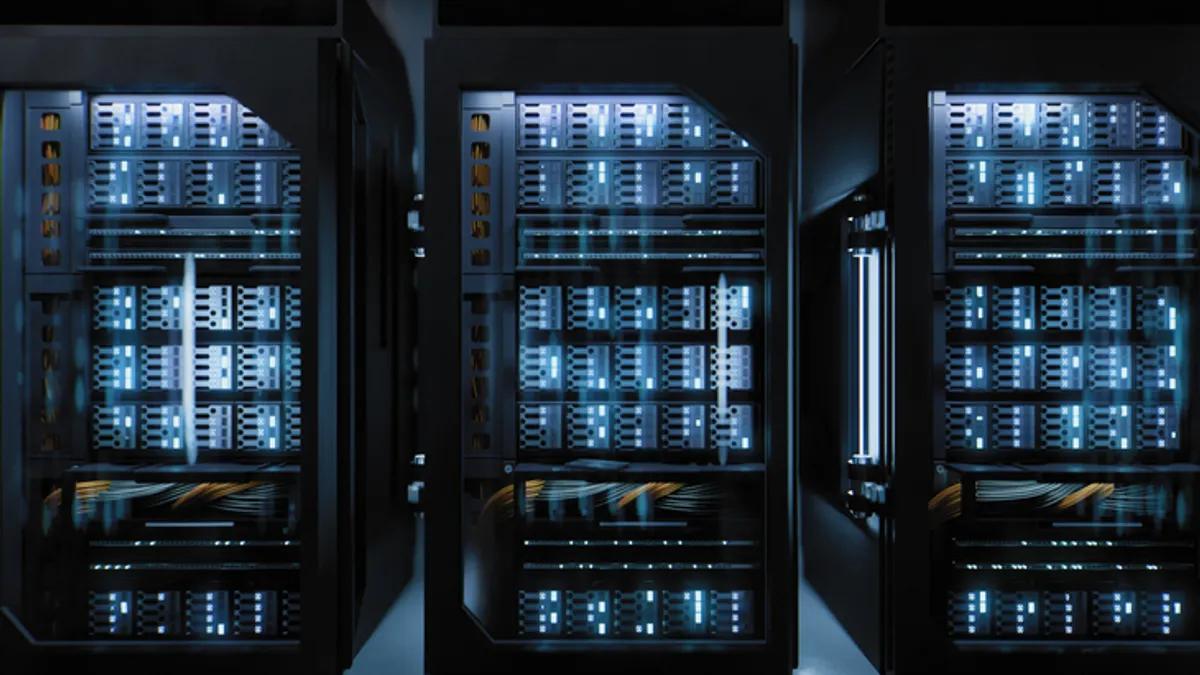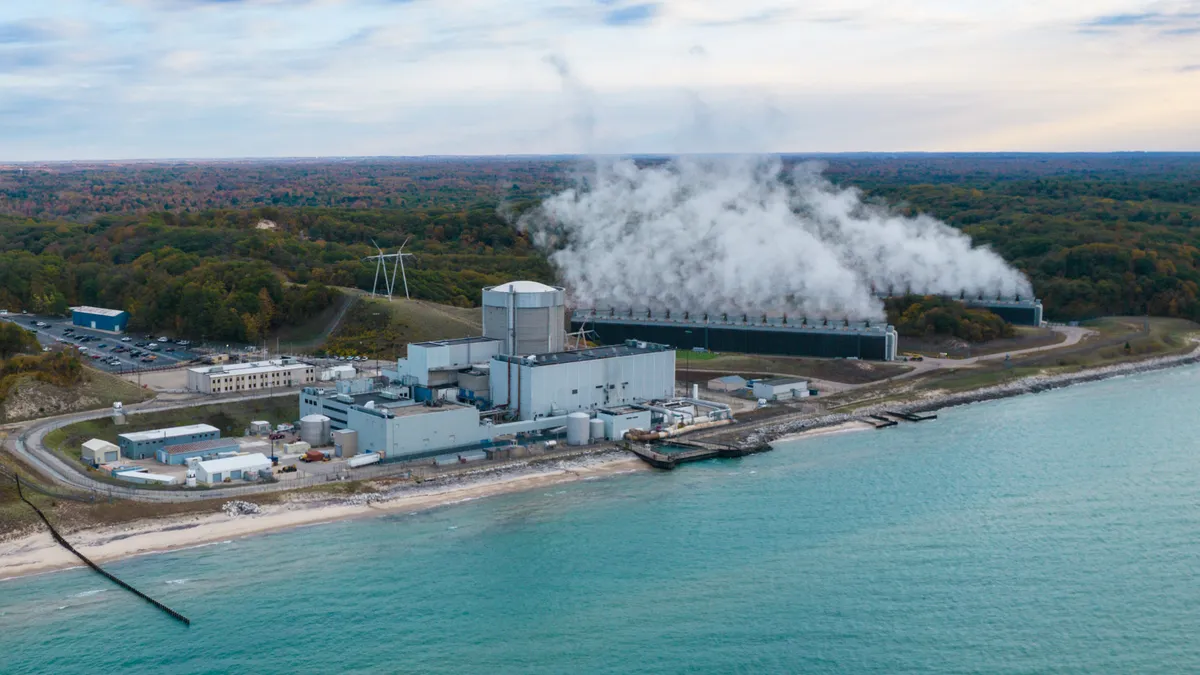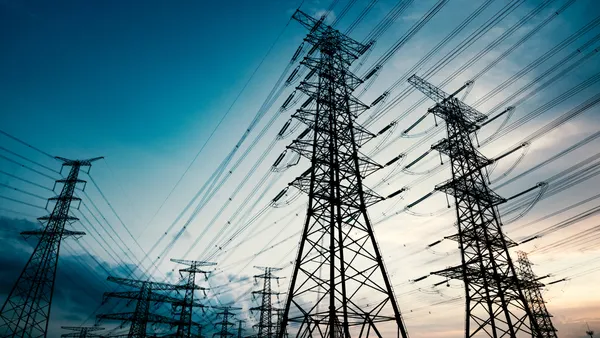The following is a viewpoint from Patty Durand, President and CEO of the Smart Energy Consumer Collaborative, and Austin Whitman, Vice President of Energy Markets at FirstFuel Software.
Small and medium businesses (SMBs) are often underserved as energy customers. The sheer number of them, their varied energy profiles and diverse motivations — among other factors — make them a challenging segment for electric utilities and their partners to understand, let alone engage.
At the same time, this customer segment comprises as much as 75% of the business customer base for some utilities. It therefore presents a tremendous opportunity to increase customer satisfaction and promote energy-optimizing products and services.
The good news is that the Smart Energy Consumer Collaborative (SECC)’s new report, "Understanding Your SMB Customers: A Segmentation Approach," which reached more than 1,000 SMB energy decision-makers via an online survey, unveils a multitude of key insights and opportunities for electricity providers to engage this key customer group with meaningful, personalized energy communications and program recommendations.
Here are four key takeaways from the report that can help electric utilities improve their relationships with this important, yet overlooked, customer segment.
1. Segmentation equals opportunity
The first step to better serving your SMB customers is to better understand who they are, and one of the most proven means of doing so is through customer analytics and segmentation.
The "Understanding Your SMB Customers" report divides the SMB market into five segments that describe the behaviors of SMBs and show real differences in needs, wants and attitudes between segments. These segments range from the "Established & Engaged," who are always seeking new ways to use energy more efficiently, to the "Decidedly Disengaged," who express little to no interest in energy efficiency and other energy programs that could save them money.
In between these two poles lie SMB customers that represent about 40% of total SMB energy use. They may have made an initial approach towards energy efficiency but have not yet become energy-savvy organizations.
The segmentation framework developed with this research can be used by utilities to assist them in creating the right approach for engaging each SMB customer with the right offer, at the right time. Armed with better data and insights, utilities can initiate more informed and value-added customer conversations that lead to increased engagement and satisfaction.
2. Use a mix of communications channels — but focus on digital
Now that you’ve determined who your SMB customers are and what they’re interested in, how do you reach them in a meaningful and engaging way?
Utilities often struggle with identifying the right communications mix, and the research helps validate why: SMBs don’t overwhelmingly prefer one specific channel over another. While email communications garner the most interest across all segments, SMBs are also open to communicating with their providers through other channels, including letters in the mail, dedicated websites and phone calls.
To build the right communications mix, utilities can focus first on optimizing existing touchpoints, such as customer bills, auto-payment scheduling notifications and other service communications, by infusing them with relevant customer information. Using personalized insights to maximize existing impressions, utilities can provide customers with useful and personalized information through every channel.
In addition, the importance of online resources directed specifically toward SMB customers cannot be overstated. When thinking about how to save energy, most SMBs report that they like to do their own internet research first — even before contacting their utility. If SMBs cannot research offers from their providers online, a large proportion of the market opportunity may be lost. Utilities should focus on creating a consistent digital experience, including web, search engine optimization and landing pages, that provides businesses with relevant energy insights and recommendations.
3. SMBs want new utility offerings, especially relevant rate plans
We know that many SMBs are busy running their businesses and have limited time to think about energy-related issues, but this shouldn’t be mistaken for a lack of interest in energy products or services.
More than half of SMBs — even those less engaged — consistently expressed interest in a list of 17 utility offerings, ranging from energy walkthrough audits, to outage alerts, to solar arrays and green power options. Among the most engaged customers, as many as 98% of SMBs, are interested in new energy offers from utilities for products such as electric vehicle charging stations.
One of the areas of highest interest for SMBs is new rate options, with 73% expressing interest in learning more about new rates that would better suit their energy needs. The same percentage also expressed interest in receiving bill credits for reducing electricity use at times of peak demand.
SMB engagement at Pacific Gas & Electric
Pacific Gas & Electric (PG&E) has had success bridging the gap between the high levels of interest in new rate plans and the lack of dedicated time for energy issues that many SMBs grapple with. With their Business Best Rate Campaign, PG&E leveraged customer analytics to conduct personalized rate analyses for their SMB customer base. When a more optimal rate plan was identified, PG&E proactively notified customers via their preferred communication channel, including email, letter or phone. PG&E’s analytics platform regularly analyzes rate options and delivers insights directly to business customers through their My Account portal.
The rate analysis uncovered about 12,000 SMB customers that could save significantly by switching their rate plan, and in the first year of the program the customers that responded to the campaign saved more than $1 million on their annual bills. In the second year of the program, PG&E increased the program response rate by expanding the communications mix, adding newsletters, online advertising and other media. To make it even easier for customers to convert, PG&E recently improved its email outreach so that SMBs could respond to rate change emails with just one click.
Following PG&E’s lead, utilities can leverage business customers’ high levels of interest in energy programs and develop segment-specific messaging and offers that convert interest into action. Personalized communications will not only drive product and services uptake, but also go a long way toward earning trust and improving customer satisfaction.
4. Become a trusted energy advisor for long-term engagement
SMBs notice the lack of engagement by energy providers. Based on the SECC research, only 16% state that their energy supplier is their trusted source for energy information. The vast majority will call a contractor, friend or landlord before reaching out to their utility.
The good news, however, is that most SMBs are receptive to speaking with their utilities about energy efficiency and other programs that could be relevant to their businesses. They just need to hear more from their utility in areas of interest.
When utilities focus on knowing their customers better, marketing and outreach teams can engage SMBs with more confidence and become a trusted source for energy advice. With these steps, utilities can move down a path toward effective long-term engagement with these important energy users.





